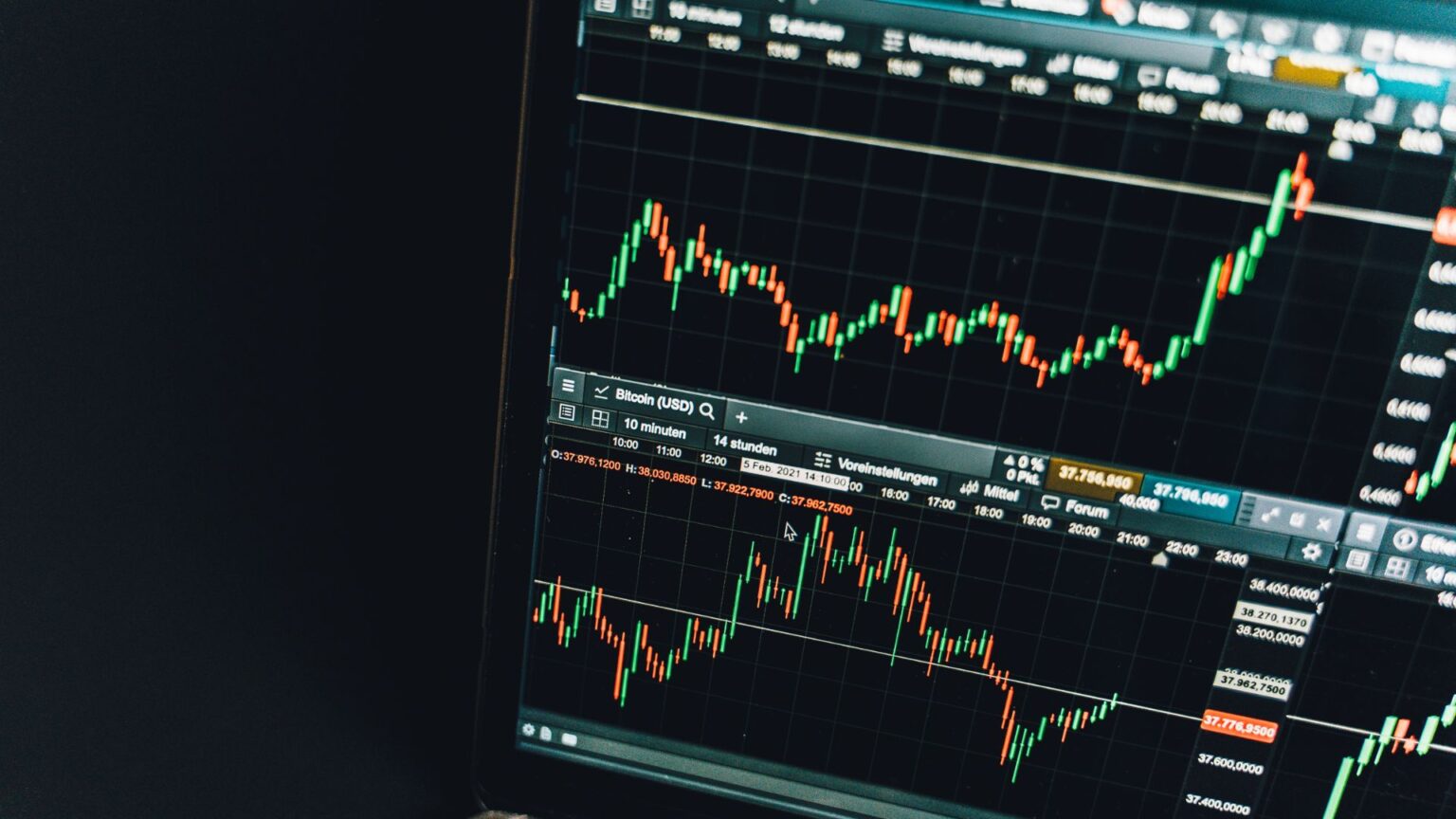The world of cryptocurrency trading can seem overwhelming at first, but with the right knowledge and approach, it can be a lucrative investment opportunity. Crypto trading involves buying and selling digital assets like Bitcoin, Ethereum, and other altcoins for profit. Whether you are looking to become a full-time trader or just want to explore this emerging asset class, this step-by-step guide will walk you through how to start crypto trading in 2024.
Step 1: Understand the Basics of Cryptocurrency
Before diving into trading, it’s crucial to understand what cryptocurrency is and how it works. Cryptocurrencies are decentralized digital currencies that use blockchain technology to record and verify transactions. The most popular examples are Bitcoin (BTC), Ethereum (ETH), and Ripple (XRP).
Key Concepts to Learn:
- Blockchain Technology: The backbone of most cryptocurrencies, ensuring secure and transparent transactions.
- Exchanges: Platforms where you can trade cryptocurrencies (e.g., Binance, Coinbase).
- Wallets: Digital wallets that store your crypto assets securely.
- Altcoins: Any cryptocurrency other than Bitcoin.
Understanding these basics will help you make informed decisions as you start trading.
Step 2: Choose a Reliable Cryptocurrency Exchange
A cryptocurrency exchange is where you’ll conduct most of your buying and selling. When choosing an exchange, it’s essential to prioritize security, ease of use, and the variety of coins offered. Here are a few well-known exchanges for beginners:
Popular Exchanges for Beginners:
- Gemini: Known for its low fees and robust customer support.
- Crypto.com: Offers a wide variety of cryptocurrencies and advanced trading tools.
- Coinbase: Known for its beginner-friendly interface and strong security measures.
Be sure to research each platform’s fees, user experience, and available assets before committing.
Step 3: Secure Your Investment with a Wallet
Once you purchase cryptocurrency, it’s essential to store it securely. Most exchanges provide wallets, but many traders prefer to use external wallets for added security. There are two primary types of wallets:
Types of Crypto Wallets:
- Hot Wallets: Connected to the internet, suitable for frequent traders (e.g., MetaMask, Trust Wallet).
- Cold Wallets: Offline storage, offering maximum security for long-term holders (e.g., Ledger, Trezor).
Always keep the majority of your assets in a secure wallet, especially if you don’t plan on actively trading.
Step 4: Learn the Fundamentals of Crypto Trading
Crypto trading involves speculation on the price movements of cryptocurrencies. To be successful, you need to understand key trading concepts and strategies.
Essential Crypto Trading Strategies:
- Day Trading: Buying and selling within the same day to profit from short-term price movements.
- Swing Trading: Holding assets for days or weeks to capture medium-term trends.
- HODLing: Buying and holding long-term, based on the belief that prices will appreciate over time.
Key Metrics to Monitor:
- Market Capitalization: The total value of a cryptocurrency (price x circulating supply).
- Volume: The number of coins traded during a specific period. High volume usually indicates strong market interest.
- Liquidity: The ease with which an asset can be converted into cash without affecting its price.
Step 5: Start Small and Manage Risk
Crypto markets are highly volatile, and it’s easy for beginners to get caught up in the excitement. To avoid major losses, start by investing small amounts and gradually increase your exposure as you gain confidence.
Risk Management Tips:
- Set Stop-Loss Orders: Automatically sell your asset if the price falls below a certain level.
- Diversify Your Portfolio: Don’t put all your funds into a single cryptocurrency. Spread your investments across multiple coins to minimize risk.
- Follow the 1% Rule: Never risk more than 1% of your total capital on a single trade.
Step 6: Study Technical and Fundamental Analysis
To make informed trades, you’ll need to learn how to analyze the market. Technical analysis involves studying price charts and using indicators to predict future movements. Fundamental analysis focuses on evaluating the overall value of a cryptocurrency, taking into account factors like its use case, team, and partnerships.
Key Technical Indicators:
- Moving Averages (MA): Helps identify the direction of the trend.
- Relative Strength Index (RSI): Measures the speed and change of price movements to identify overbought or oversold conditions.
- MACD (Moving Average Convergence Divergence): Identifies potential buy or sell signals.
Fundamental Analysis Factors:
- Development Team: A strong team can signal future success for a cryptocurrency.
- Partnerships: Collaborations with well-known companies often boost a coin’s credibility.
- Adoption Rate: The more users or platforms adopting a cryptocurrency, the higher its long-term potential.
Step 7: Stay Updated with Market News
The crypto market moves fast, and staying informed is key to making smart trading decisions. Follow news outlets like CoinDesk and The Block to keep up with important developments. Also, keep an eye on social media platforms like Twitter, where many crypto traders share valuable insights.
Step 8: Practice with Demo Accounts
Before risking real money, consider practicing with demo accounts offered by exchanges like Binance or Bitfinex. These accounts allow you to make trades using simulated funds, helping you develop your skills and test strategies in a risk-free environment.
Step 9: Join a Trading Community
Trading can be isolating, especially in the fast-moving crypto world. Joining a community of like-minded traders can help you share strategies, ask questions, and get support when needed. EPIQ Trading Floor offers a comprehensive platform for traders of all levels, providing 24/7 buy and sell signals, real-time market updates, and exclusive access to expert insights.
Conclusion: Start Trading Crypto with Confidence
With the right preparation, anyone can start crypto trading in 2024 and build a solid strategy for success. Remember, it’s essential to start small, manage your risk, and continuously learn about the market to increase your chances of success.
Ready to take your crypto trading to the next level? Join EPIQ Trading Floor today and get access to 24/7 trading signals, expert analysis, and more. Sign up now for a 3-day free trial and elevate your trading experience! Join EPIQ Trading Floor.
Disclaimer: This article is for educational purposes only and does not constitute financial advice. Always conduct your own research and consult with a professional before making any trading or investment decisions.










Responses